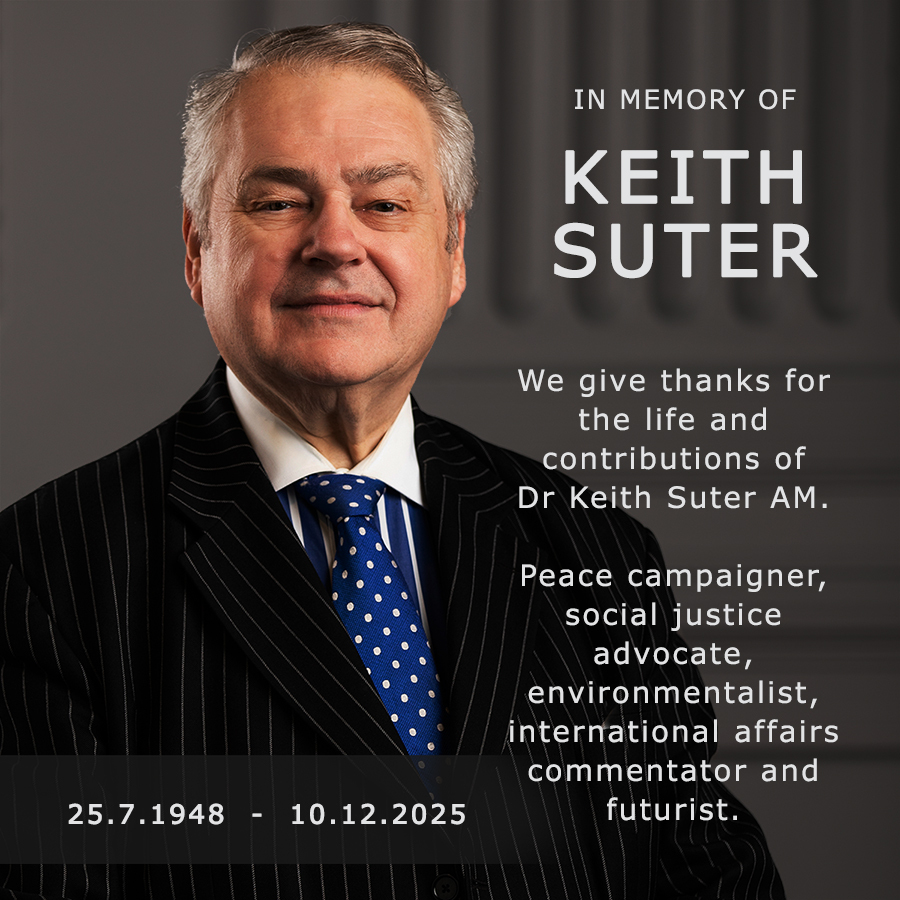
The Rudd Labor Government – One Year On: Australia’s Place In The World
November 25, 2008
The rise of China and the continuing problems of the United States create new challenges for Australia’s traditional foreign policy focus.
For the first two or so centuries of European settlement, there are three broad themes.
First, the traditional view is that Australia cannot be defended alone and so it needs a powerful friend that will assist Australia. Australia for its part needs to assist that friend. Originally (1788-1941) Britain was that great and powerful friend. Australia was very loyal. For example, Perth, Western Australia had on a per capita basis more deaths in World War I than from any other location in the Empire.
After the Japanese attack Pearl Harbour on December 7 1941, the focus shifted to the US. Australia is the only country to have fought alongside the US in every war in which the US fought in the 20th century, and Australia (along with Britain) joined in the 2003 invasion of Iraq.
Australian forces have served with distinction on almost all the world’s continents starting with the Zulu War in the 1880s.
This was Howard’s line. The largest Australian Defence Force deployment (as at November 2007 federal election) was in Iraq (1,575 personnel, out of a total of about 3,500 deployed worldwide).
A second theme emerged in the 1970s: “defence of Australia”. There was an appreciation among some defence commentators that Australia was not nearly as vulnerable to attack as was commonly believed in the community. For example, a 1981 Parliamentary report noted that only two countries had the military capacity to invade Australia (US and Soviet Union) and neither had any need to do so.
Australia’s geographical isolation, instead of being a weakness, was an asset: Australia was too distant for most countries to invade. The “tyranny of distance” can actually be an advantage.
It was still necessary to remain friends with the US but it meant that Australia’s real task was to defend the immediate continent and the sea/air gap to the north (around Indonesia). This required a different defence structure (more assets for the navy and air force and fewer for the army). This theme peaked under the Labor Government 1983-96 and was discarded by the Howard Government, which wanted forces to be deployed alongside American ones.
A third theme is to see the Asia-Pacific region as the focus. Rudd seems to be heading this way. China is of increasing global importance and he hopes that a China-US arms race can be avoided. He does not want the US to unnecessarily add to China’s paranoia, such as by offering to defend Taiwan against China.
He will also give more attention given to the South Pacific. This region only got more attention from the Howard Government after September 11 2001 – “9/11”- and the new US fear about “failed states”. As “regional sheriff”, Australia has conducted an important operation in the Solomon Islands.
Rudd wants more consistent Australian attention to the South Pacific.

